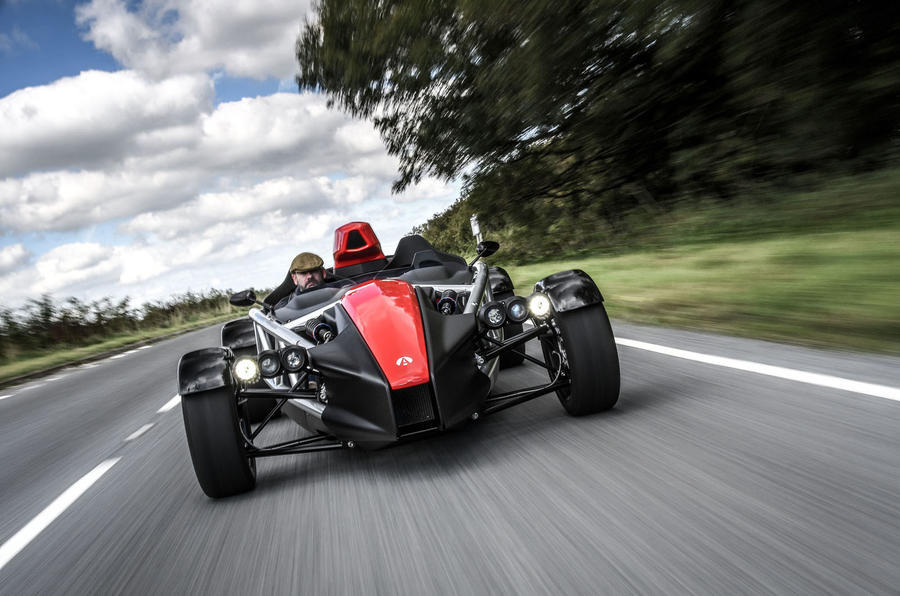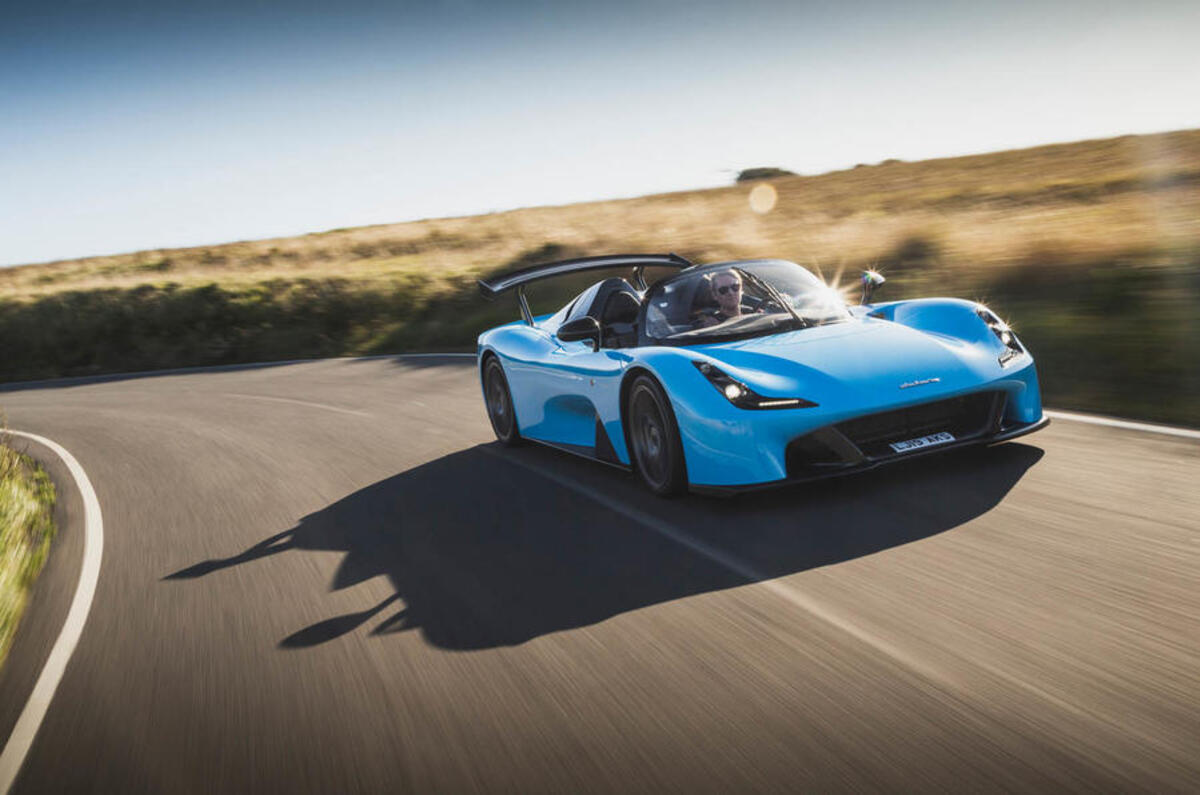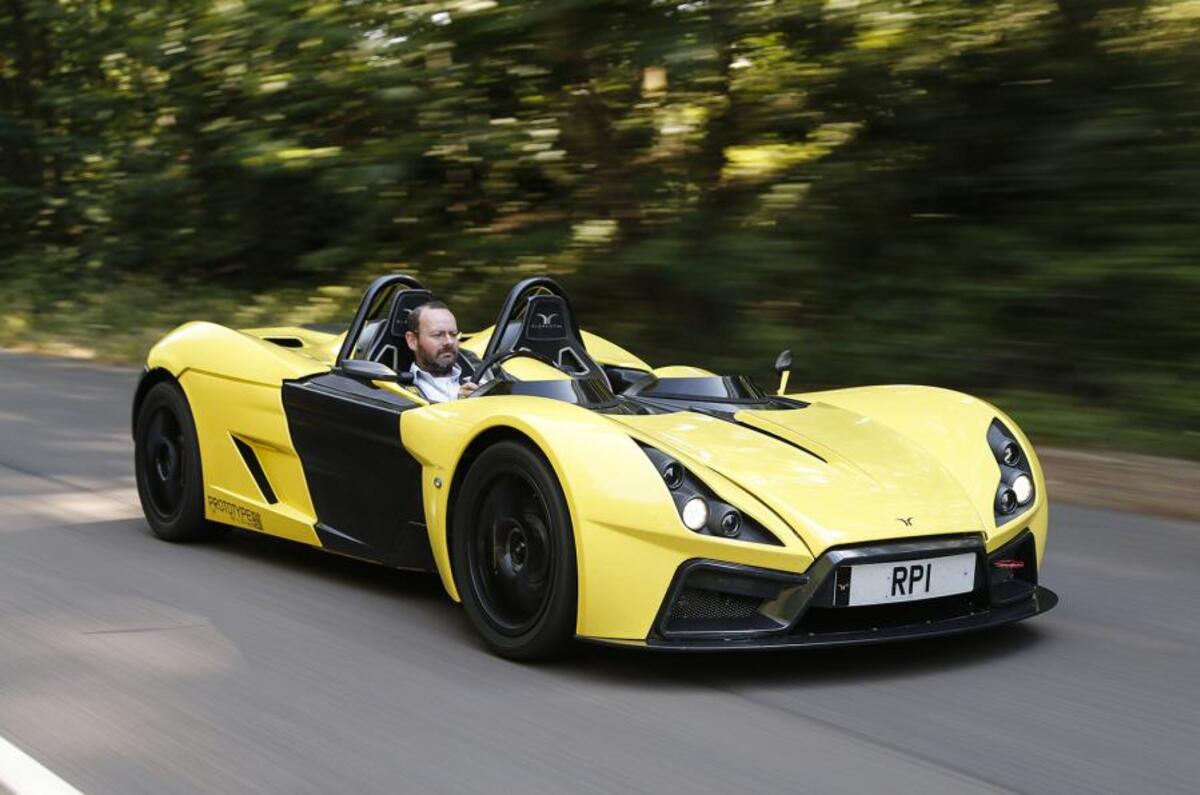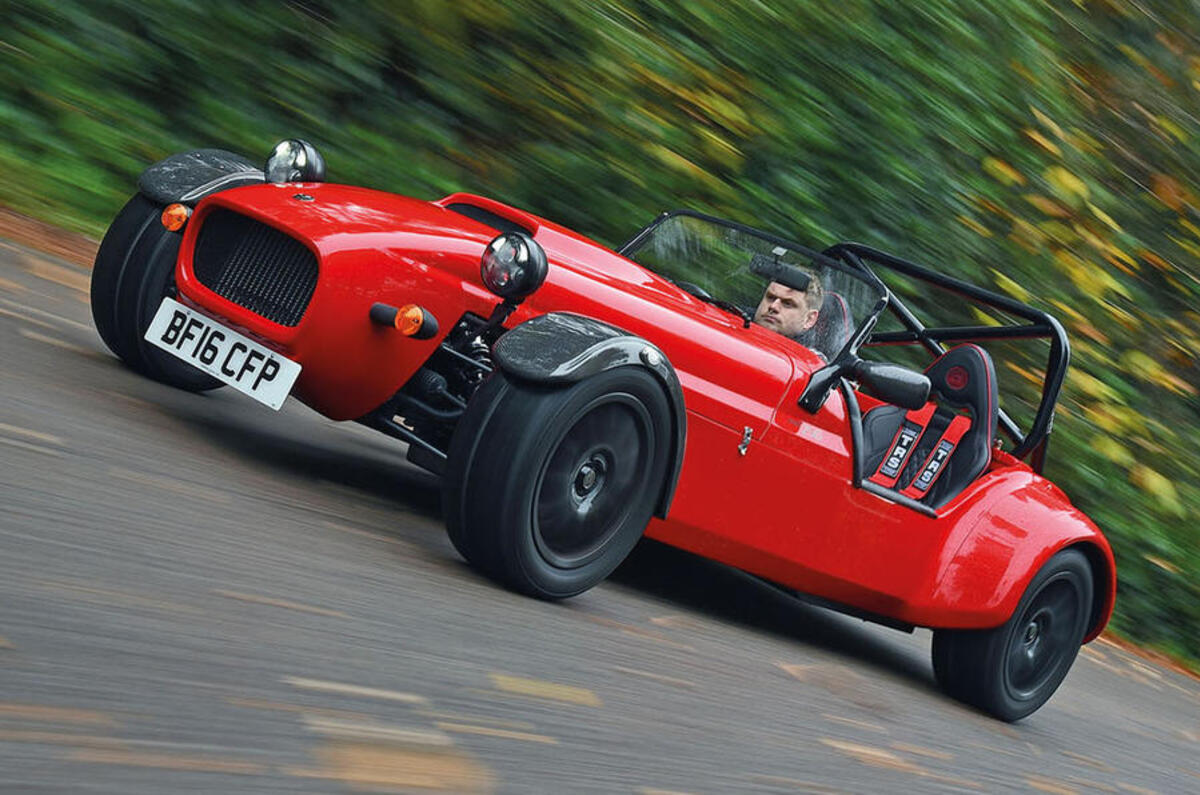It is within this class of the ultra-niche sports car market that you can find power-to-weight ratios to match a modern hypercar – but made available at a fraction of the price.
Considering the world-class handling delicacy, precision, tactile involvement and explosive performance they provide, these cars might better have been surmised in a class simply titled ‘dream machines’ – and yet dreaming isn’t always necessary as the buy-in can be more affordable than you’d expect.
These are the lightweights; sub-one-tonne, back-to-basics drivers’ cars of an old-school analogue appeal you’ll find almost nowhere else – and done nowhere better than right here in the UK.
1. Ariel Atom 4
Though you might not recognise it at first, Somerset-based Ariel thoroughly revised the now-nearly-twenty-year-old Atom for 2018 – although it waited until 2019 to lend us a car for the full Autocar road test. As far as waits for Atoms go, however, that’s nothing to complain about, with the order book for this car now extending to almost three years.
This tubular-framed rocketship has benefited from ground-up changes to the suspension hardware and geometry, chassis dimensions, wheels, engine and interior. The car’s powertrain comes from Honda, just as it did before – although it’s no longer supercharged but turbocharged, being the same 316bhp four-cylinder engine found in the Civic Type R. In fact, only the brake and clutch pedals, and the fuel cap, are carried over from the old Ariel Atom 3.5.
The results are extraordinary. Ariel claims 0-60mph in 2.8sec – and full of fuel and with two passengers onboard, our two-way 3.2sec clocking gives plenty of credibility to the idea that, on an absolutely perfect run, you might just reproduce that. Whether you do or no, frankly, you’re in true blue supercar territory for outright speed here; the new Atom is only 0.1sec slower from 30- to 70mph in 4th gear than an Aston Martin DBS Superleggera, and its 6.9sec 0-100mph clocking is almost a full second quicker than that of the mighty Nissan GT-R.
But it’s the attention to detail that hooks you into the Atom driving experience. The positioning, weight and response characteristics of the control are just so, and the Atom somehow filters out the distracting elements of the road beneath you and only sends you pure, immediate messages. It’s wonderful and unsurpassed for involvement and reward. Just don’t forget your helmet.



































Add your comment